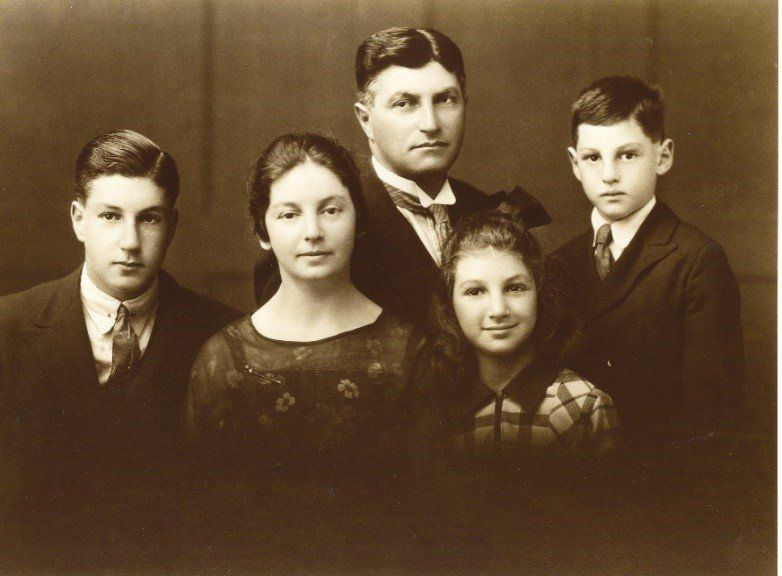Thoughts for You

Leaping to a Marriage Proposal
I’m writing this a few days before 29th February, a date that occurs only once in four years when we add an extra day to the calendar. This was originally established by Emperor Julius Caesar in the year 45 BC because the Roman year was originally 355 days and he wanted to keep the seasons happening at the same time every year. In the modern sense, the first leap year in Britain was 1752, when Britain and her colonies adopted the Gregorian calendar and they chose to add eleven days in September that year.
A leap year occurs when the year is divisible by four and is notable now because it’s usually a year when the Olympic Games are held. But it also has some fascinating traditions surrounding it, and a search of the Internet will reveal all. I’ve taken this information from various sources, most particularly timeanddate.com.
It may be history, or perhaps an old Irish legend, that St Brigid struck a deal with St Patrick to allow women to propose to men every four years. In many European countries, any man who refused such a proposal had to pay a penalty by buying the woman twelve pairs of gloves, so that she could hide the embarrassment of not having an engagement ring. In other places and cultures the day was known as Bachelors’ Day, and the man would hand over money or a gown if he refused.
Leap Day is also called St Oswald’s Day, to commemorate the Archbishop of York, who died on this day in 992.
If you have a child born on 29th February, make sure they are named in the Honor Society of Leap Year Day Babies (their spelling of Honour , not mine!). Of course, those children will always have fewer birthdays than the rest of us and will always be much younger!!
You could choose to have a wedding anniversary date that nobody will forget by being married on that day. No that’s really special.
Finally, if you’re becoming impatient waiting for a proposal, don’t wait any longer. Take a 'Leap' of faith and
DO IT YOURSELF!

Photos like the above are memories. How would you like people to remember your Life Story? How will you tell them what you want them to know?
And what about the future descendants you’ll never meet, who may want to learn about their heritage.
Everybody has a story but perhaps one of life’s most frustrating situations is when you would like to know more about somebody and they are no longer around to ask. You can ensure that this is not what happens in the future when someone wants to know your story.
Some people are shy and need to be prompted for information, some are unable to explain in their own words and need a guide to organise and present material, others may need someone to hold them to the point. And others may need to be prompted to search the photo albums.
I have a long history of interviewing people in a comfortable, non-threatening way and can effectively gain information on various aspects of your Life Story or that of your loved one. The material might be needed for background to a job interview, a wedding unique to a particular couple, a funeral where it seems like I really knew the deceased. Or you may want a document that is kept forever as a permanent history.
The depth of the information acquired may vary, but the technique in gathering it is the same. I interview my clients and any relevant family and friends. I may do historical research to support what you tell me.
The amount of information needed for a public occasion may be merely a small portion what I put together as a Future Heirloom – but the fuller information is then available for you to enjoy and marvel at.
Talk to me about how we can proceed to develop your Life Story as a Future Heirloom .
